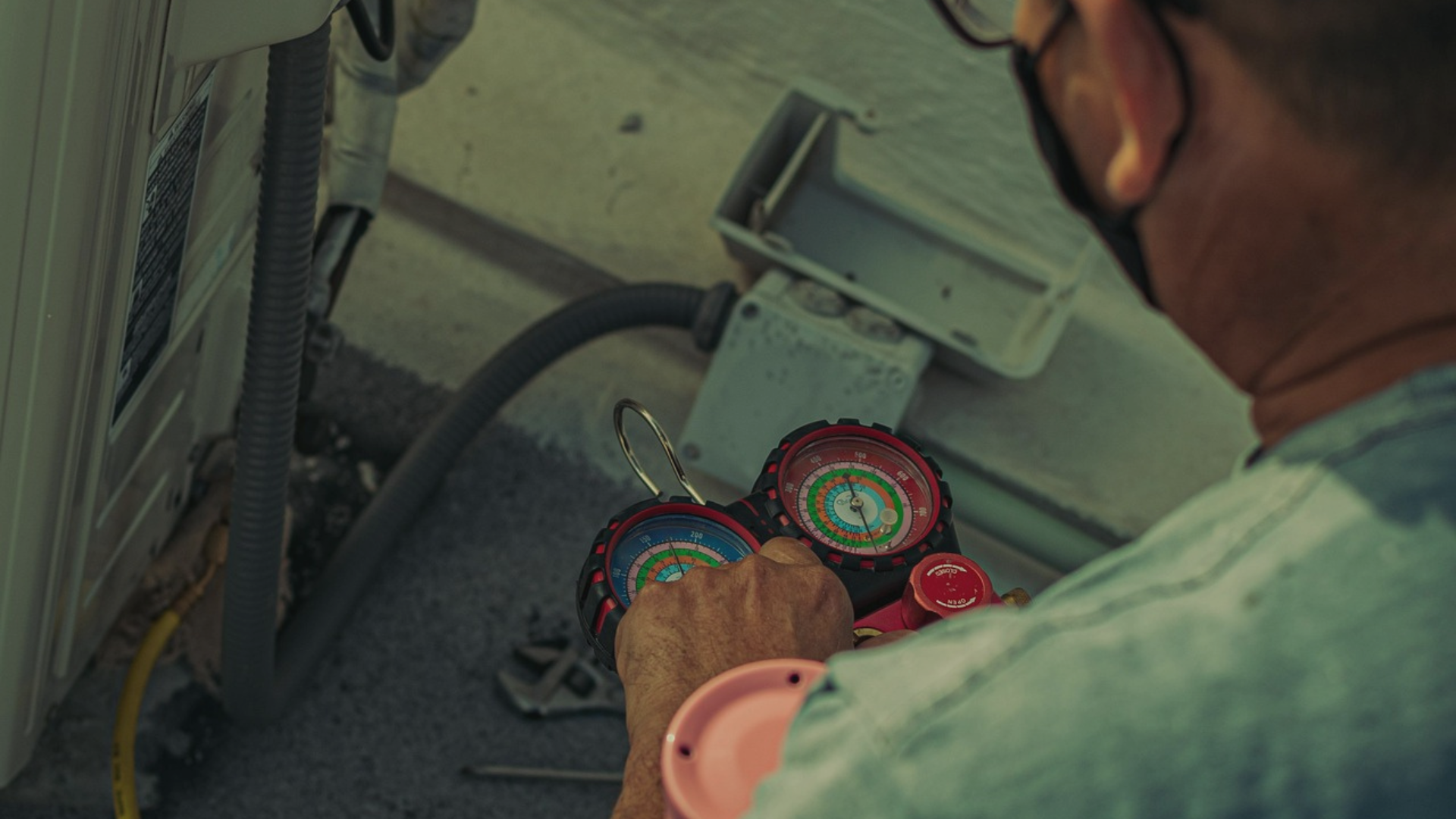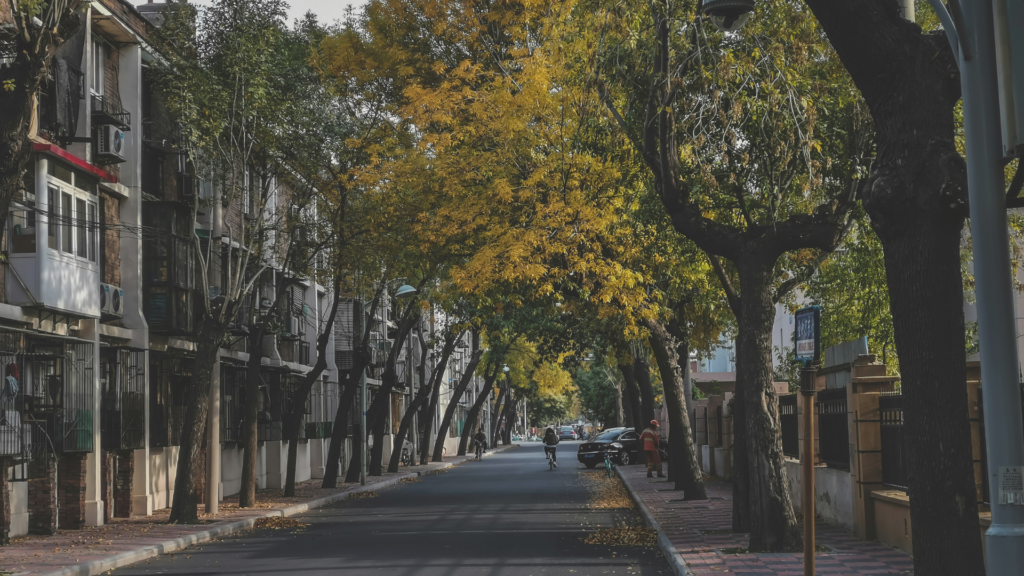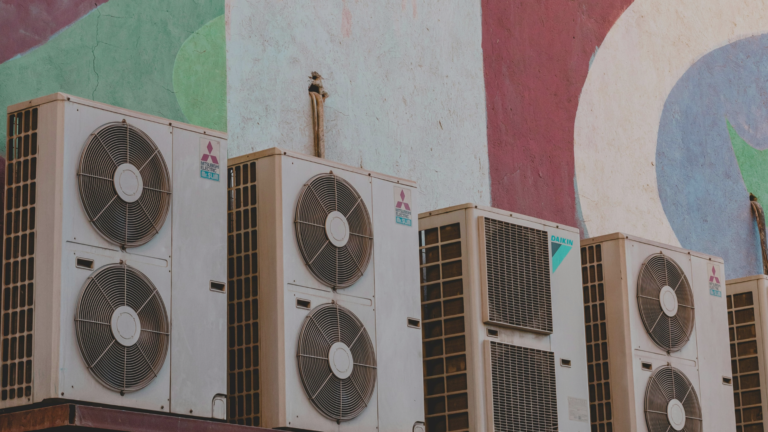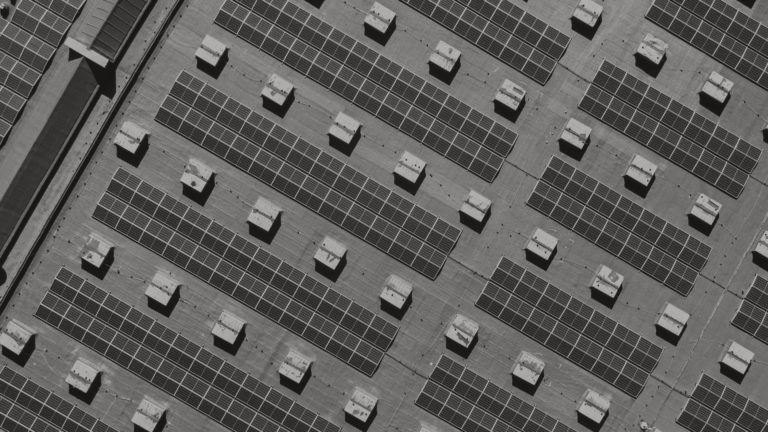How the Age of Electricity Is Reshaping Corporate Energy Strategy
- Topics :
- Energy

Cooling demand is rising quickly as global temperatures increase. Across residential, commercial and industrial sectors, the need for safe and comfortable indoor environments is driving higher electricity use. According to the United Nations Environment Programme, global cooling demand could more than triple by 2050 under current trends. This creates a major economic challenge because cooling is a key driver of peak electricity loads. When many buildings run air conditioning at the same time during extreme heat, utilities must build and maintain infrastructure that is only fully used for a limited number of hours each year.
These conditions put pressure on generation capacity, transmission networks and local distribution systems. Utilities face higher capital expenditures and operating costs to keep the grid reliable. At the same time, governments must plan for more frequent heat events and manage the fiscal risks linked to grid upgrades and emergency responses. Sustainable cooling solutions offer a way to relieve these pressures by reducing peak loads and improving the overall efficiency of the electricity system. The potential savings are large. UNEP estimates that combined sustainable cooling strategies could prevent up to 26 trillion dollars in global grid-infrastructure investment by the middle of the century.
Understanding Grid Strain from Cooling Demand
Cooling demand is highly concentrated during the hottest hours of the day and in the hottest months of the year. In many regions, electricity demand curves show sharp spikes in late afternoon and early evening when outdoor temperatures are still high and people return to homes and workplaces. Air conditioning systems switch on or ramp up at similar times, creating steep peaks in load.
Utilities must plan their systems to meet these peaks, not just the average demand. That often means investing in generation units that operate only during the highest-demand periods. Transmission lines, substations and transformers also need enough capacity to carry power during these peaks. As cities grow and heat intensifies, the number of hours spent near or above system limits can increase. This raises the risk of overloads and puts additional stress on equipment, shortening asset lifetimes and increasing maintenance costs.

How Smart Cooling Reduces Infrastructure Costs
Sustainable cooling brings together passive design strategies, efficient technologies and better management of when and how cooling is used. Passive measures include shading devices, reflective roofing materials, improved insulation and natural ventilation. These methods lower indoor temperatures before any mechanical cooling is used. They can significantly reduce the cooling load in both new and existing buildings.
Efficient cooling technologies, such as high-efficiency air conditioners and heat pumps, deliver the same level of comfort with less electricity. Hybrid systems combine fans, improved air movement and targeted air conditioning so that overall power demand falls. Smart controls and building energy management systems can pre-cool spaces during lower-demand periods and shift some cooling away from peak hours.
When these measures are adopted at scale, they flatten the system demand curve. Lower peaks mean that utilities can avoid or defer investments in peaking power plants, large transformers and additional transmission capacity. UNEP estimates that widespread implementation of sustainable cooling could prevent up to 26 trillion dollars in global grid-infrastructure investment by 2050. This figure reflects avoided costs for generation, transmission and distribution assets that would otherwise be required to handle higher peak loads.
System Level Financial Benefits
The economic advantages of sustainable cooling extend across the entire energy system. Utilities benefit first from reduced capital expenditure on new capacity. When peak loads are lower, there is less need to build additional generation or reinforce network infrastructure. Existing assets can operate closer to optimal loading, which improves asset utilization and can lengthen service life. Operating costs also fall because utilities rely less on expensive peaking units or emergency power procurement.
Governments benefit through more efficient long-term infrastructure planning and reduced demands on public budgets. Large grid-expansion projects often require public support, direct investment or guarantees. By lowering the need for such investments, sustainable cooling reduces fiscal pressure and allows public funds to be allocated to other priorities, such as health, education or climate adaptation measures. Governments also face fewer emergency interventions linked to grid failures during heat events, which can be costly and politically sensitive.
For consumers and businesses, the main benefits come through more stable tariffs and lower total energy costs. When system costs associated with peak capacity are reduced, there is less upward pressure on electricity prices over time. Commercial and industrial customers can see additional savings when efficient cooling lowers demand charges or reduces their exposure to high time-of-use rates during peak periods. Improved reliability also has a direct financial value because it reduces downtime and production losses during outages.

How Lower Peak Loads Influence Tariffs and Reliability
Electricity tariffs are shaped by both energy costs and capacity costs. Capacity costs reflect the investment required to ensure that the grid can meet maximum demand. When peak loads are high and growing, utilities must spend more on infrastructure, and these costs are typically recovered through tariffs. By lowering peaks, sustainable cooling helps limit these future cost increases.
A smoother load profile also supports more stable wholesale electricity prices. During extreme peaks, system operators may need to dispatch expensive units or purchase power at high spot-market prices. If peak demand is lower, reliance on these costly options falls. This can reduce price volatility and lower the average cost of electricity over time.
Reliability improves when equipment is not pushed to its limits as often. Lower peak loads reduce thermal stress on transformers, cables and substations. The likelihood of overload-related faults and failures during hot periods decreases. Fewer brownouts and outages mean fewer disruptions for businesses, hospitals, data centers and households. For utilities, this can translate into lower penalties or regulatory costs linked to reliability metrics, as well as lower spending on emergency repairs.
Implementation Strategies for Cities and Utilities
Cities, utilities and building owners each have tools to support sustainable cooling. Urban planning decisions can have a strong influence on cooling demand. Expanding urban tree cover, increasing the use of cool or green roofs and adopting reflective pavements can all help lower local temperatures. These measures are particularly valuable in dense districts where heat islands are most severe.
At the building level, retrofits can significantly reduce cooling loads. Adding insulation, upgrading windows, sealing air leaks and installing efficient cooling equipment all contribute to lower energy use. New buildings can be designed from the outset for lower cooling demand through better orientation, shading and natural ventilation. Digital technologies, such as smart thermostats and building management systems, make it easier to adjust setpoints and schedules in response to changing conditions and price signals.
Utilities can accelerate adoption by offering rebates, low-interest financing and technical support for efficient cooling equipment and building upgrades. Time-of-use tariffs and demand response programs encourage customers to shift consumption away from peak periods, improving the load profile. Partnerships between utilities, city governments and private-sector actors can help coordinate large-scale retrofit programs and share data on performance and savings.
Conclusion
Cooling demand will continue to grow as temperatures rise and as more people gain access to mechanical cooling. Without changes in how cooling is delivered, this trend will place increasing stress on electricity networks and drive up system costs. Sustainable cooling approaches address this challenge by reducing peak loads, improving asset utilization and lowering the need for new grid investments.
The potential economic benefits are significant. UNEP estimates that sustainable cooling solutions could prevent up to 26 trillion dollars in global grid-infrastructure investment by 2050. In addition to these system-level savings, utilities benefit from lower operating costs, governments benefit from reduced fiscal pressure and consumers gain from more stable tariffs and improved reliability. Framing cooling as an infrastructure and efficiency challenge highlights how targeted investments in buildings and technologies can create long-term financial value for every stakeholder in the energy system.
References









